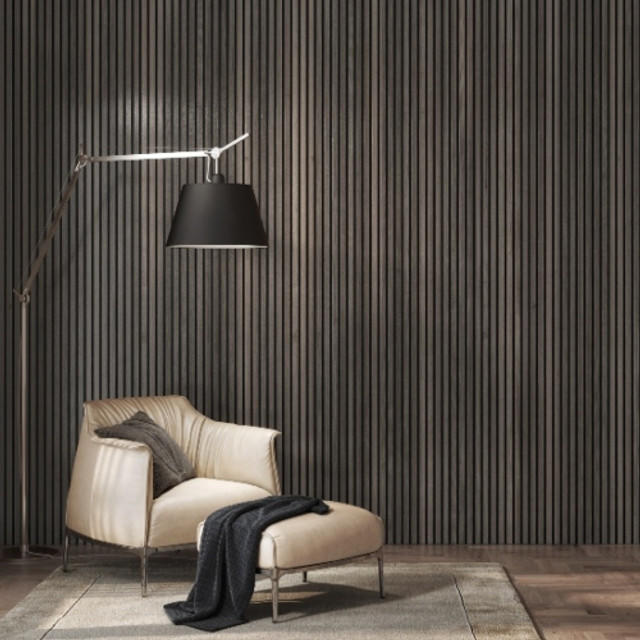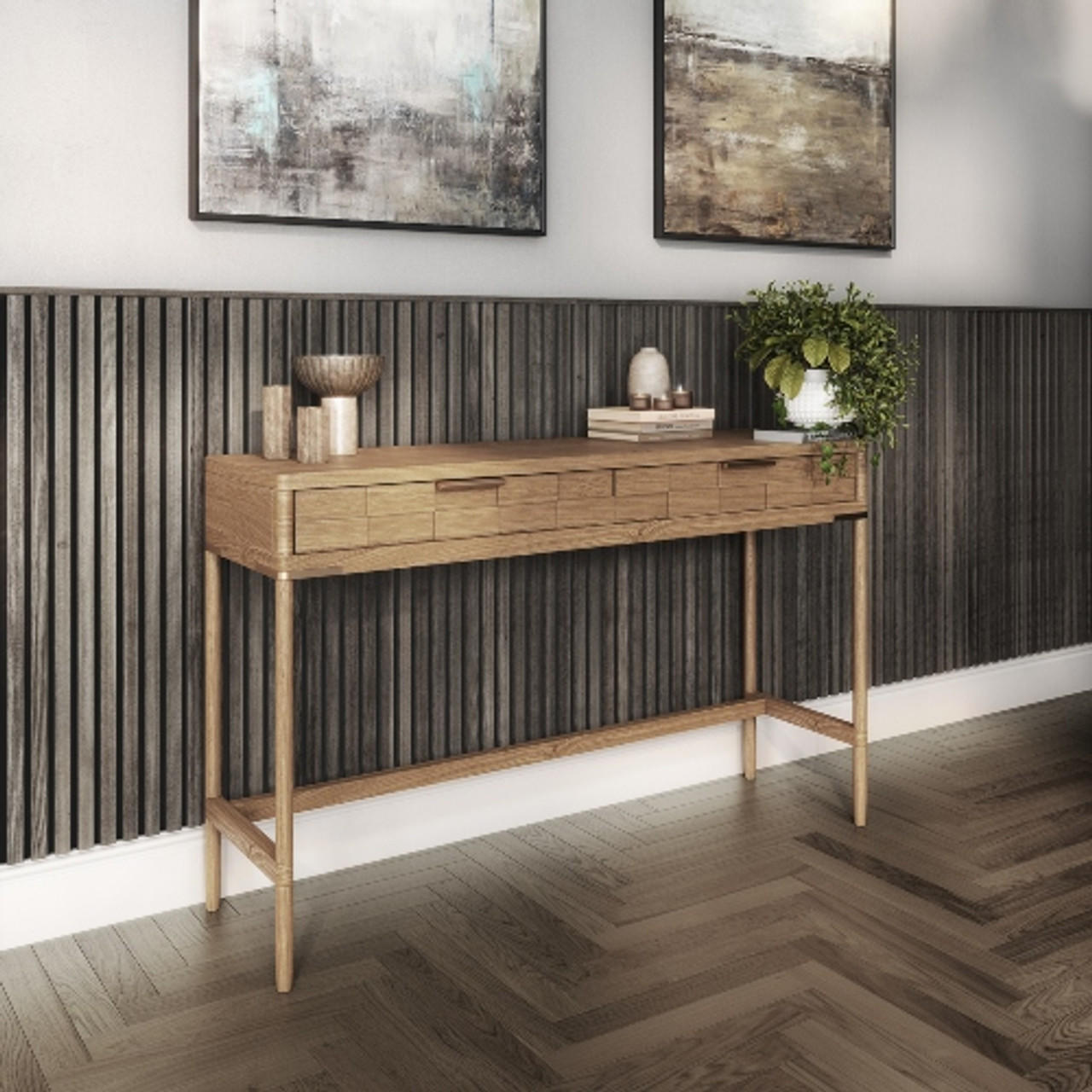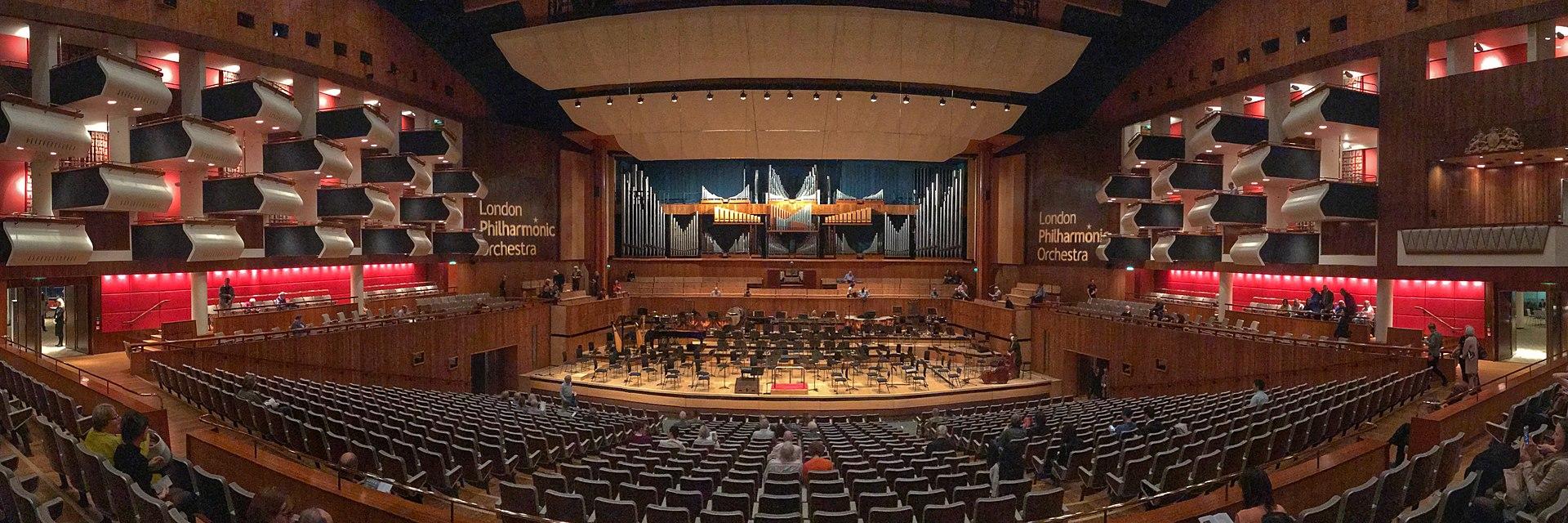Posted by Nottage Timber Merchants on 28th Feb 2024
Timber and Acoustics: How Wood Enhances Sound Quality in Buildings
When it comes to constructing spaces with exceptional acoustics, architects and designers often turn to a variety of materials and techniques. Among these, wood stands out not only for its aesthetic appeal but also for its unique ability to enhance sound quality in buildings. Let's explore how timber contributes to acoustic excellence and why it's a preferred choice in architectural design.
One of the key reasons why timber is favored in acoustic design is its natural resonance properties. Wood possesses a unique ability to absorb, reflect, and diffuse sound waves, resulting in a balanced acoustic environment. Unlike materials such as concrete or metal, which can produce harsh echoes or reverberations, wood helps to soften sound and create a more pleasant auditory experience.

Wooden surfaces are effective at absorbing sound energy, reducing unwanted noise levels within a space. Additionally, the irregular surface textures of timber panels contribute to sound diffusion, dispersing sound waves evenly throughout a room. This combination of absorption and diffusion helps to minimize acoustic distortions, resulting in clearer speech intelligibility and improved music quality.
 Beyond its acoustic properties, wood adds warmth and character to architectural spaces. Whether it's the rich tones of mahogany or the light hues of maple, the natural beauty of timber creates a welcoming atmosphere. From concert halls to recording studios, the aesthetic appeal of wood enhances the overall experience for occupants while complementing the architectural design.
Beyond its acoustic properties, wood adds warmth and character to architectural spaces. Whether it's the rich tones of mahogany or the light hues of maple, the natural beauty of timber creates a welcoming atmosphere. From concert halls to recording studios, the aesthetic appeal of wood enhances the overall experience for occupants while complementing the architectural design.
In an era where sustainability is paramount, timber emerges as a highly eco-friendly building material. Responsibly sourced wood products, such as those certified by organizations like the Forest Stewardship Council (FSC), promote forest conservation and support local economies. By choosing wood for acoustic applications, architects and designers can contribute to environmental stewardship while achieving outstanding sound quality in buildings.
ood offers unparalleled versatility in architectural design, allowing for a wide range of applications in acoustic treatment. From solid timber panels to perforated acoustic tiles, there are numerous options available to suit various aesthetic preferences and performance requirements. Additionally, wood can be combined with other materials such as fabric or metal to create custom acoustic solutions tailored to specific needs.
Take a look at these examples:
Royal Festival Hall, London

Source: Wikipedia
The Royal Festival Hall, located on the South Bank of the Thames in London, underwent a major refurbishment in 2007, which included significant improvements to its acoustics. Wood played a crucial role in this renovation, with the installation of timber paneling and acoustic treatments throughout the auditorium. The result is a world-class concert venue renowned for its exceptional sound quality, hosting a diverse range of musical performances year-round.
The Stoller Hall, Manchester

Source: Chetham's School of Music
Situated within the Chetham's School of Music in Manchester, The Stoller Hall is a state-of-the-art concert venue renowned for its outstanding acoustics. The hall features a stunning timber interior, with wooden wall panels and ceiling treatments carefully designed to optimize sound diffusion and absorption. This dedication to acoustic excellence has earned The Stoller Hall acclaim as one of the finest concert venues in the UK, attracting top-tier performers and audiences from around the world.
Incorporating timber into architectural design offers numerous benefits, with acoustic enhancement being a significant advantage. From its natural resonance properties to its aesthetic appeal and sustainability credentials, wood plays a vital role in creating optimal sound environments in buildings. By leveraging the unique qualities of timber, architects and designers can achieve exceptional acoustics while creating spaces that are both functional and visually stunning.

